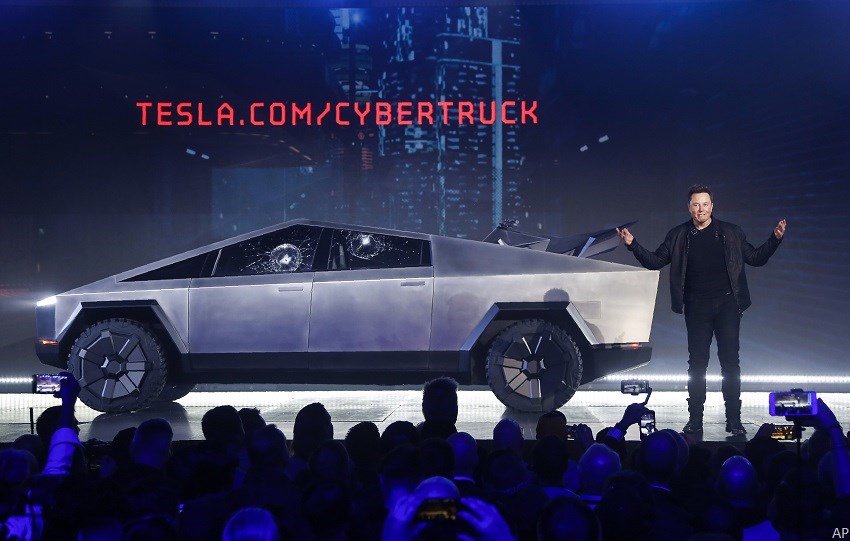
Bulls Say
- Tesla has the potential to disrupt the automotive and power generation industries with its technology for electric and autonomous vehicles, batteries, and solar generation systems.
- Tesla will see higher profit margins as it achieves its plan to reduce battery costs by 56% over the next several years.
- Through the combination of its industry-leading technology and unique supercharger network, Tesla offers the best function of any electric vehicle on the market, which should result in its maintaining market leader status as EV adoption increases.
Bears Say
- Traditional automakers are investing heavily in EV development, which will result in Tesla losing market share and seeing a deceleration in sales growth due to increased competition.
- EV adoption is driven largely by government initiatives, such as regulations and subsidies, which will limit long-term market growth for Tesla.
- Solar panel and battery prices will decline faster than Tesla can reduce costs, resulting in little to no profits for the energy generation and storage business.
Morningstar Analyst Seth Goldstein Says
Tesla (TSLA) is the largest battery electric vehicle automaker in the world. In less than a decade, the company went from a startup to a globally recognized luxury automaker with its Model S and Model X vehicles. In addition to luxury autos, the company competes in the midsize car and crossover SUV market with its platform that is used for Model 3 and Model Y vehicles. Tesla also plans to sell multiple new vehicles over the next several years. These include a platform that will be used to make an affordable sedan and SUV, a light truck, a semi truck, and a sports car.
Tesla’s strategy is to maintain its market leader status as EVs grow from a niche auto market to reaching mass consumer adoption. To do so, the company is undergoing a massive capacity expansion to increase the number of vehicles it can produce. Tesla also invests around 5% of its sales in research and development, focusing on improving its market-leading technology and reducing its manufacturing costs. For EVs to see mass adoption, they need to reach cost and function parity with internal combustion engines. To reduce costs, Tesla focuses on automation and efficiency in its manufacturing process, such as reducing the total number of parts that need to be assembled in a vehicle. The company will also move upstream into battery production, with a goal to reduce costs by over 50%.
To reach functional parity, EV will need to have adequate range, reduced charging times, and availability of charging infrastructure. Tesla’s extended-range EVs are already at range parity with internal combustion engine vehicles, and this should improve further with plans for its batteries to increase energy density. Tesla continues to expand its supercharging network, which consists of fast chargers built along highways and in cities throughout the United States, European Union, and China. The company is attempting to take a larger share of its customers’ auto-related spending, which includes selling insurance and offering paid services such as autonomous driving functions.
Tesla also sells solar panels and batteries used for energy storage to consumers and utilities. As the solar generation and battery storage market expands, Tesla is well positioned to grow.
Key Proprietary Morningstar Metrics
Fair Value Estimate: $700
Star Rating: 2 Stars
Economic Moat Rating: Narrow
Moat Trend Rating: Stable





















